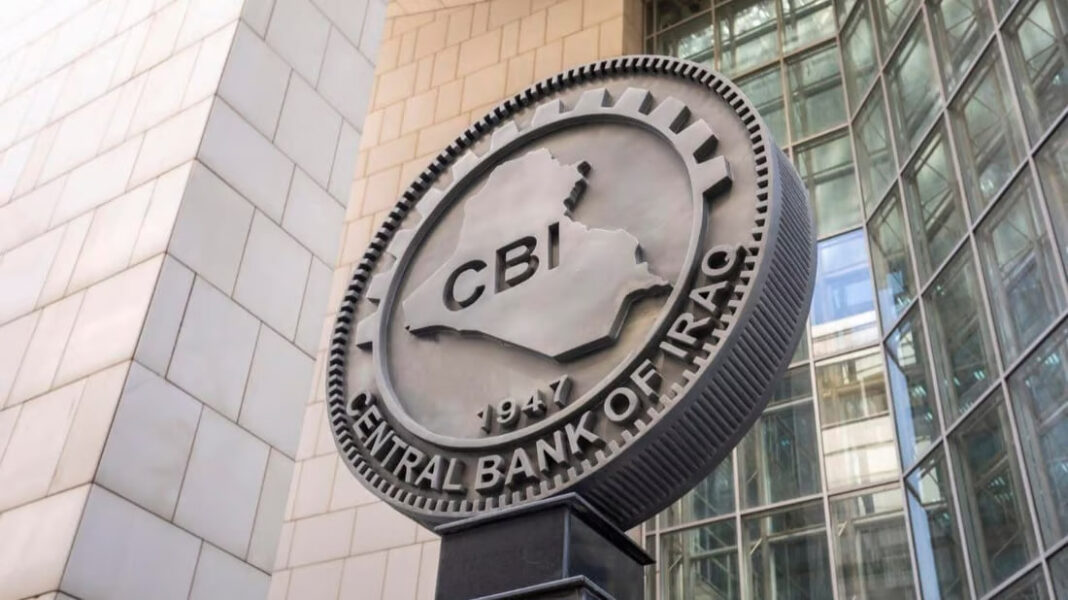The Iraqi banking lending ratios have raised serious concerns among economists and policymakers, following a recent 2025 financial sector analysis by expert Manar Al-Obaidi. His detailed report reveals stark disparities in lending practices, especially among smaller banks. These findings have sparked heated debate over the Central Bank of Iraq’s loan initiative and its oversight.
According to the analysis, Iraqi banks fall into three main categories based on their credit-to-deposit ratios. Large banks, holding assets above one trillion dinars, show a stable 46% ratio, aligning with global safety standards. However, medium-sized banks, with assets between 500 billion and one trillion dinars, present a troubling 109% ratio. More alarmingly, small banks, with assets below 500 billion dinars, record ratios reaching 400%, meaning loans are four times their deposits.
Al-Obaidi highlights examples to show the severity. One small bank, with only 2.2 billion dinars in deposits, issued loans totaling 440 billion dinars. Another, holding just three billion dinars in deposits, managed a credit portfolio exceeding 136 billion dinars. Most of these loans came from the Central Bank’s 13.5 trillion dinar program for small and medium-sized enterprises.
This trend raises critical questions. How could banks with minimal deposits and weak credit profiles handle such large sums? What kind of projects receive these funds, and what is their real effect on Iraq’s economy? While the initiative has operated for over two years, experts stress the need to review its loan distribution process.
Al-Obaidi recommends reassessing banks based on deposits, client base, and lending behavior. He urges tighter regulation, especially for small banks that appear to use the program for unchecked financial maneuvering. Without clear standards and accountability, these practices could destabilize Iraq’s banking sector.
The analysis ends with the most urgent question: Who truly benefits from these loans? Moreover, has the initiative achieved its intended economic goals, or has it primarily fueled risky lending patterns? For Iraq to strengthen trust in its financial system, addressing the imbalance in Iraqi banking lending ratios is essential.



